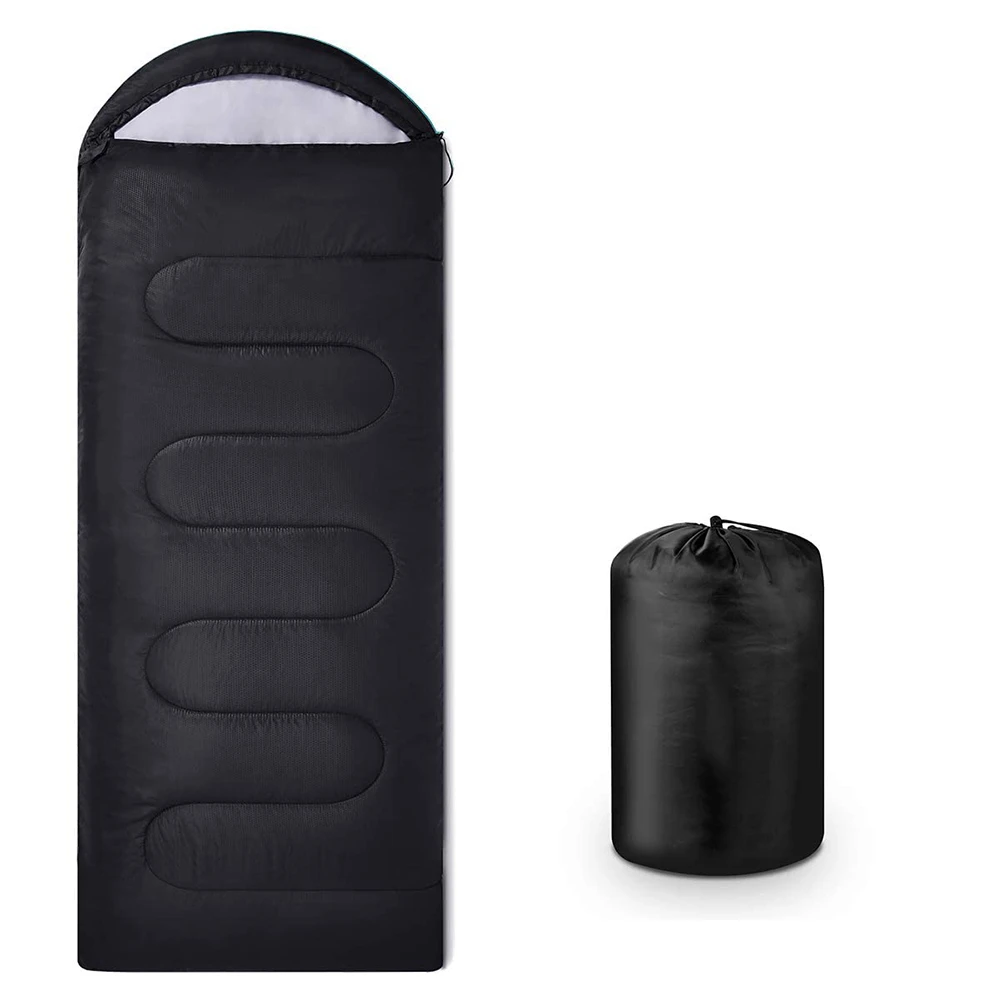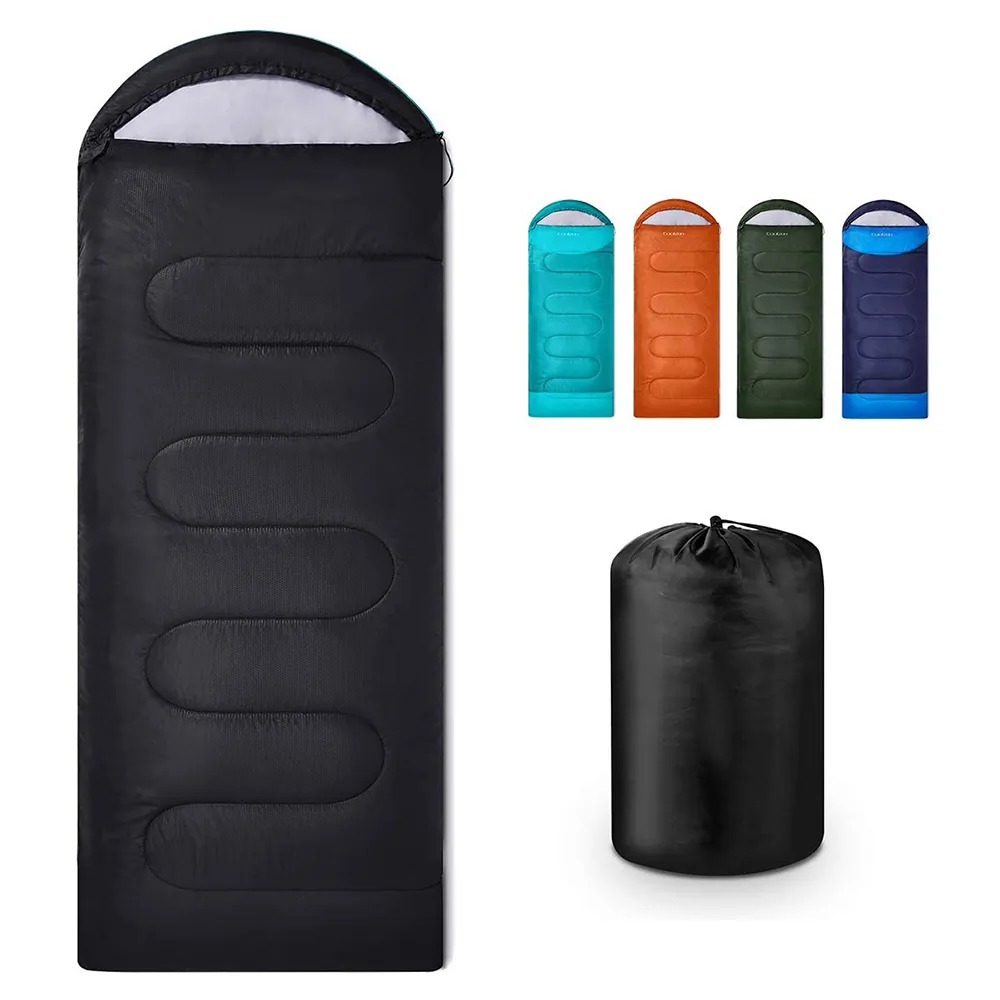
Jan . 06, 2025 19:02 Back to list
adult sleeping bag
A sleeping bag is more than just outdoor gear; it's an essential companion for adventurers and campers worldwide. Its significance transcends mere functionality, offering warmth, comfort, and safety to those who brave the great outdoors. Through my extensive experience and expertise, I've gained insights into choosing and using sleeping bags that can substantially enhance any outdoor experience.

Understanding the fabric of a sleeping bag is crucial. Typically, sleeping bags are crafted from either synthetic materials or down insulation. Each has its unique advantages. Synthetic sleeping bags, for instance, are praised for their performance in damp conditions, their water-resistant properties preventing them from losing insulation when wet. This makes them ideal for environments where unexpected weather changes are common. On the other hand, down sleeping bags, renowned for their unmatched warmth-to-weight ratio, offer incredible comfort in colder climates. Their compressibility makes them easy to pack, appealing to backpackers who need to save as much space as possible.
The shape of the sleeping bag is another critical aspect to consider. Mummy-style sleeping bags, which taper towards the feet, are designed to increase thermal efficiency by minimizing space around the body, thereby retaining heat efficiently. This shape is preferred during chilly expeditions. Conversely, rectangular sleeping bags provide more space to move around and are generally recommended for those who prioritize comfort over compactness and thermal efficiency, ideal for summer camping trips.

Temperature rating is a pivotal factor in sleeping bag selection. It's important to match the bag's rating with the lowest temperature expected during the trip. Carrying a sleeping bag with the appropriate temperature rating ensures comfort and safety. For the novice camper, investing in a three-season sleeping bag can be a wise choice as it offers versatility across varying weather conditions typical of spring, summer, and fall.
sleeping bag
Longevity and maintenance of a sleeping bag are equally important. Routine care can significantly extend a sleeping bag's life span. After each use, airing out the bag prevents moisture buildup, which can lead to mold. For long-term storage, hanging the sleeping bag or using a roomy storage sack is recommended over compression bags, as it allows the insulation to maintain its loft and thus, its warmth.
Purchasing a sleeping bag from reputable brands also plays into the assurance of quality and durability. Brands renowned for their innovation and reliability often provide the best technological advancements in insulation and design, backed by years of research and user feedback. This authoritativeness brings peace of mind, knowing your gear has been tested under various conditions.
In terms of trustworthiness, ensure that any claims made about a sleeping bag's features or performance are supported by verifiable data. User reviews can be a valuable resource, providing first-hand insights into the product's performance in real-world situations, thus reinforcing purchasing decisions.
In conclusion, the sleeping bag stands as a testament to human ingenuity in harnessing technology for comfort and safety in nature's uncontrollable elements. Through a comprehensive understanding of materials, design, and maintenance, one can confidently select a sleeping bag tailored to specific needs and environmental demands, enriching the experience of every outdoor adventure.
-
Large Picnic Rug Waterproof - Spacious & All-Weather Blanket
NewsAug.02,2025
-
Ultralight Foldable Picnic Rug Waterproof Portable
NewsAug.01,2025
-
Ultimate Foldable Picnic Rug: Portable, Waterproof & Durable
NewsJul.31,2025
-
Ultra-Light Baggu Picnic Blanket Waterproof & Foldable
NewsJul.31,2025
-
Best Waterproof Picnic Mat – Large, Durable & Portable Outdoor Rug
NewsJul.30,2025
-
Foldable Picnic Rug – Waterproof, Durable & Stylish for Outdoor Use
NewsJul.29,2025
